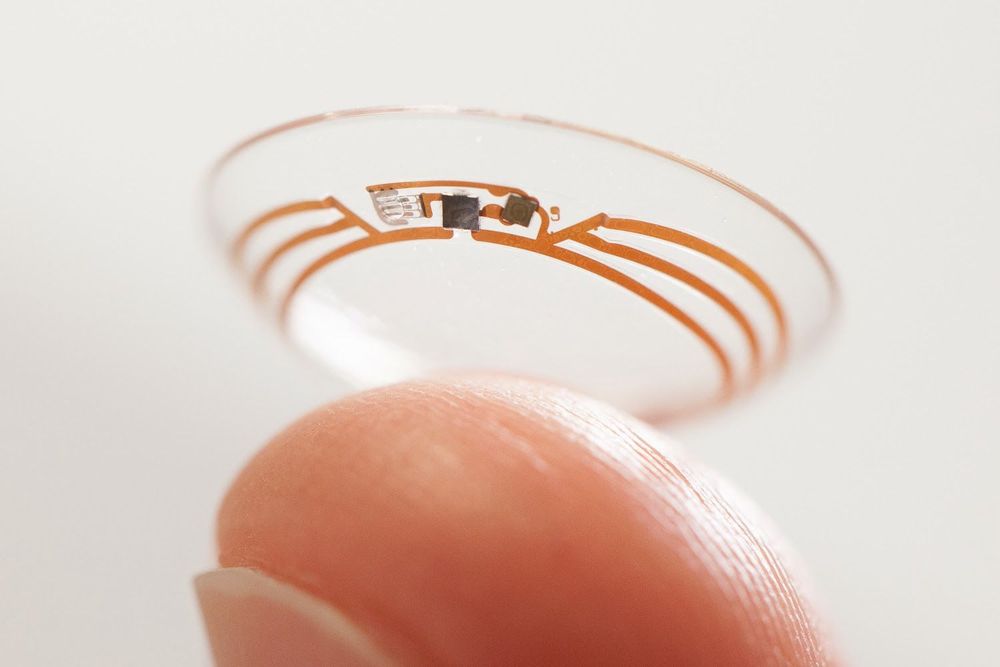The notion of wearing lenses over our eyes to correct our vision dates back hundreds of years, with some even crediting Leonardo da Vinci as one of the first proponents of the idea (though that remains somewhat controversial). Material science and our understanding of the human eye have come a long way since, while their purpose has remained largely the same. In the age of wearable computers, however, scientists in the laboratories of DARPA, Google, and universities around the world see contact lenses not just as tools to improve our vision, but as opportunities to augment the human experience. But how? And why?
As a soft, transparent disc of plastic and silicone that you wear on your eyeball, a contact lens may seem like a very bad place to put electronics. But if you look beneath the surface, the idea of a smart contact lens has real merit, and that begins with its potential to improve our well-being.










Comments are closed.